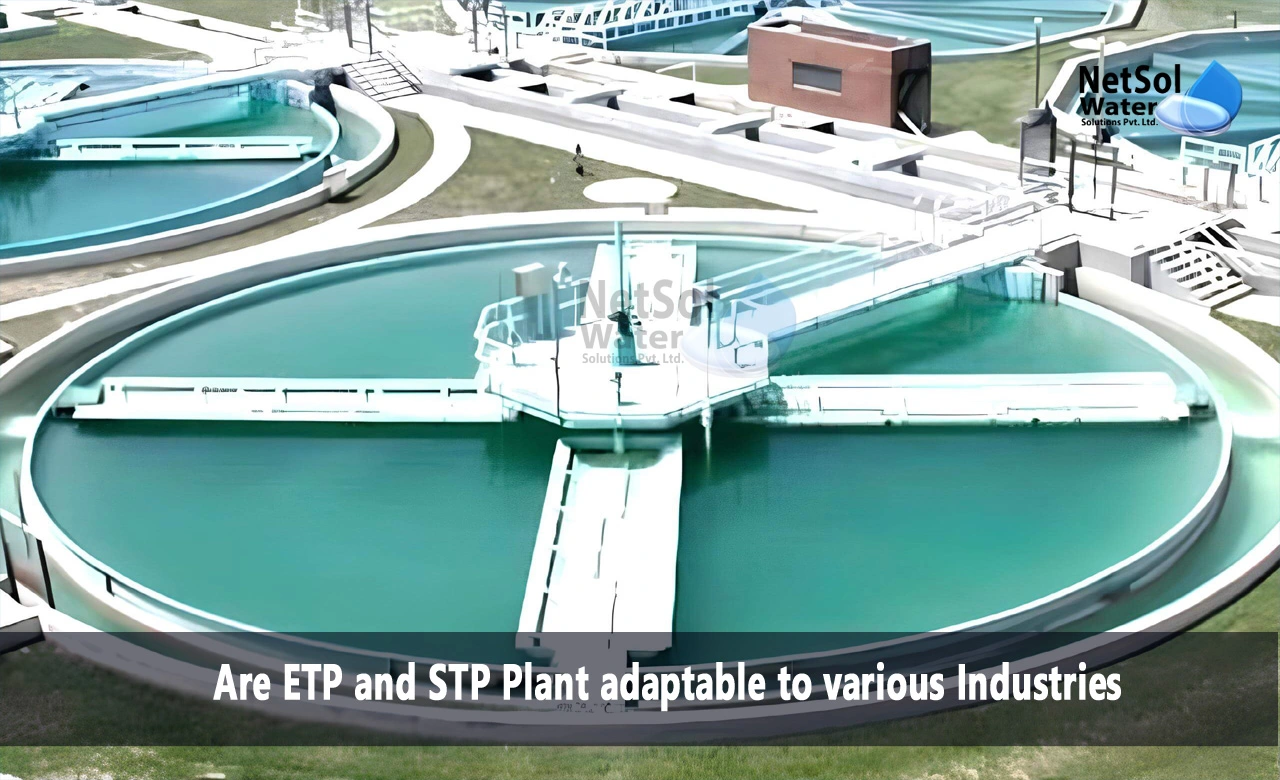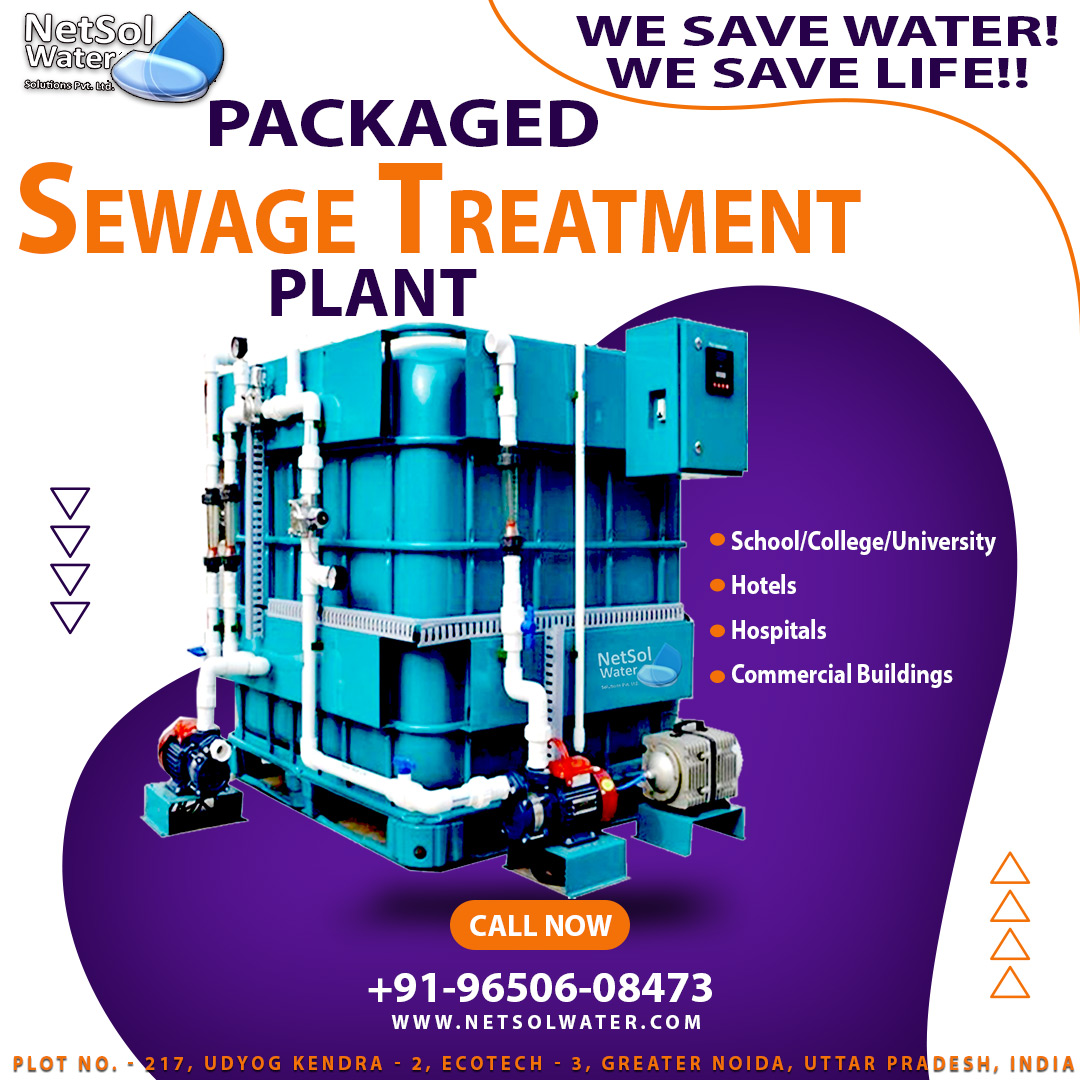Are ETP and STP Plant adaptable to various Industries?
Effluent Treatment Plants (ETPs) and Sewage Treatment Plants (STPs) are like heroes in dealing with and mitigating the environmental effects of various industries. These flexible structures can be adapted to shape multiple industrial and municipal desires. In this blog, we will explore the adaptability of ETPs and STPs and how they serve as indispensable equipment for unique sectors.
ETPs and STPs: The Foundation of Sustainable Practices
Before delving into their adaptability, it's critical to understand the core features of ETPs and STPs.
1. Effluent Treatment Plants (ETPs): These are designed to treat and manage the wastewater generated with the aid of industries. ETPs do away with pollution, contaminants, and other harmful substances, making the effluent safe for discharge into the environment or reuse inside the business process.
2. Sewage Treatment Plants (STPs): STPs focus on treating home wastewater, along with sewage and wastewater from households and municipalities. Their number one aim is to purify the water, casting off contaminants and pathogens earlier than thoroughly discharging it into natural water bodies.
Now, let's explore how ETPs and STPs may be adapted to cater to various industries and municipal requirements:
1. Textile Industry:
The textile industry is notorious for its high water consumption and chemical utilization. ETPs play an essential function here by treating and purifying the wastewater laden with dyes, chemicals, and other contaminants. These plants are adapted to the precise wishes and scale of textile production.
2. Food and Beverage Industry:
Food processing and beverage production generate a good-sized quantity of organic waste. STPs are customised to handle the natural load and make sure the deal with water complies with stringent health and protection standards.
3. Pharmaceuticals:
The pharmaceutical industry requires specific water for manufacturing and research. ETPs help keep stringent high-quality manipulation by purifying the water to the favoured standards, ensuring the pharmaceutical tactics are free from contaminants.
4. Petrochemical and Refineries:
The oil and gasoline quarter faces complex wastewater challenges. ETPs may be tailored to deal with the high degrees of hydrocarbons, heavy metals, and different risky chemical substances in their effluents.
5. Municipalities:
STPs are fundamental for towns to treat sewage and wastewater from residential and commercial areas. They make sure that urban areas have the right of entry to clean, safe water and contribute to a healthier environment.
6. Manufacturing and Chemical Industries:
Various production strategies and chemical manufacturing devices generate numerous pollution. ETPs are designed to handle a wide array of chemical contaminants, adapting to the particular necessities of every facility.
7. Mining Industry:
Mines produce wastewater with excessive ranges of heavy metals and toxic substances. Customised ETPs are hired to remove these contaminants and prevent water pollution.
8. Agriculture:
Agriculture frequently is predicated on the use of fertilisers and pesticides, which can contaminate water resources. ETPs may be adapted to handle agricultural runoff and prevent environmental impact.
9. Construction Sites:
Temporary STPs are regularly deployed at production sites to manage the wastewater generated throughout production activities, ensuring that harmful contaminants don't seep into the soil or nearby water bodies.
10. Breweries and Distilleries:
Beverage manufacturing units require specialised ETPs to deal with the residues from fermentation techniques and alcohol manufacturing, ensuring compliance with environmental policies.
Adaptability and Sustainability
The adaptability of ETPs and STPs highlights their essential function in fostering sustainability and responsible, helpful resource management across industries. Whether cleaning up commercial wastewater, purifying municipal sewage, or addressing the specific needs of specialized sectors, those treated vegetation are vital equipment for selling environmental stewardship.
Conclusion:
In end, ETPs and STPs aren't one-length-fits-all answers. Their adaptability to numerous industries and applications showcases their versatility and essential significance in preserving our environment at the same time as sustaining diverse industrial procedures. As industries and municipalities prioritise sustainability, ETPs and STPs will remain at the leading edge of responsible water management practices.




